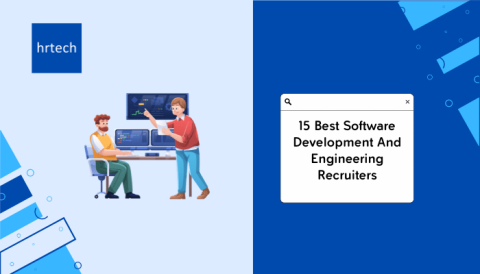Studies show that 95% of HR professionals prefer using technology to effectively manage their work. HR portals have become essential HR technology tools for modern businesses looking to improve their employee experience and make HR processes more efficient.
If you’re considering implementing an HR portal or simply want to understand what these platforms offer, you’re in the right place. Learning about the meaning of the HR portal can help you make better decisions about your company’s HR technology needs.
In this guide, we cover everything you need to know about HR portals, from basic definitions to tips to choose the right HR portal, so you can determine if this technology fits your business needs.
Key Takeaways:
- Central hub functionality: HR portals serve as single platforms where employees can access all HR-related information and complete self-service tasks without contacting HR directly.
- Employee self-service focus: These platforms enable workers to update personal information, view payslips, request time off, and access company policies independently.
- Process automation benefits: HR portals reduce manual work for HR teams by automating routine tasks like leave approvals, document storage, and employee data management.
- Document management capabilities: These platforms provide secure, centralized storage for company policies, employee handbooks, and other important HR documents.
- Training and development support: HR portals often include learning management features, helping employees access training materials and track their professional development.
What Is an HR Portal?
An HR portal, also known as a Human Resources portal or employee self-service portal, is a web-based platform that serves as a central hub for all HR-related activities within an organization.
These platforms allow employees to handle many HR tasks independently, from updating their personal information to requesting time off. For HR teams, portals reduce the time spent on routine administrative tasks and provide better visibility into employee data and processes.
HR portals typically include features like employee databases, document management systems, communication tools, and reporting capabilities. The goal is to make HR processes more efficient for everyone involved while improving the overall employee experience.
Now that you know what an HR portal is, let’s look at what these platforms actually include.
What are the Key Features of HR Portals?

The core features help you evaluate whether an HR portal meets your business needs. Most comprehensive HR portals include several essential components that work together to support both employees and HR teams.
Here are the main features you’ll find in most HR portal solutions:
- Employee self-service dashboard: Allows workers to view and update personal information, check pay stubs, and track benefits enrollment without HR assistance.
- Leave management system: Enables employees to request time off, view leave balances, and allows managers to approve or deny requests through automated workflows.
- Document management center: Provides secure storage and easy access to company policies, employee handbooks, forms, and other important HR documents.
- Performance management tools: Supports goal setting, performance reviews, feedback collection, and career development planning for employees and managers.
- Training and learning modules: Offers access to online courses, webinars, compliance training, and tracks employee progress and certifications.
- Communication features: Includes company announcements, internal messaging, surveys, and feedback systems to improve workplace communication.
- Reporting and analytics capabilities: Generates insights on employee data, attendance patterns, performance metrics, and other HR-related statistics.
- Mobile accessibility: Ensures employees can access portal features through smartphones and tablets for greater convenience and flexibility.
Features are great, but you’re probably wondering how they lead to real business value.
What are the Benefits of Using an HR Portal?

HR portals deliver significant advantages for both employees and organizations. These benefits go beyond simple convenience and can impact your company’s productivity, compliance, and employee satisfaction levels.
The most important benefits include improved efficiency, better employee experience, and reduced administrative costs:
- Increased operational efficiency: Automates routine HR tasks like leave approvals, employee data updates, and document distribution, freeing up HR staff for strategic work.
- Enhanced employee satisfaction: Gives workers control over their HR needs through self-service options, reducing wait times and improving overall job satisfaction.
- Reduced administrative costs: Minimizes paper-based processes, reduces manual data entry, and decreases the time HR teams spend on repetitive tasks.
- Better data accuracy: Allows employees to update their own information directly, reducing errors that occur with manual data entry and third-party updates.
- Improved compliance management: Centralizes policy documents, tracks training completion, and maintains audit trails to help meet regulatory requirements.
- Stronger communication flow: Provides consistent channels for company announcements, policy updates, and two-way feedback between management and employees.
- 24/7 accessibility: Enables employees to access HR services outside normal business hours, particularly valuable for remote workers and different time zones.
Ready to improve your HR processes and employee experience? TeamLease offers comprehensive HR technology solutions that can change how your organization manages its workforce through our curated marketplace of different HR tools.
Now that you know the advantages of these systems, let’s see how these systems actually work in practice.
How do HR Portals Work?
HR portals function as centralized digital platforms that connect various HR processes and data sources. Learning how these systems operate helps you better evaluate their potential impact on your organization.
The basic workflow starts when employees log into the secure portal using their credentials. Once authenticated, they can access different modules based on their role and permissions within the organization.
Here’s how the typical HR portal process works:
- User authentication and access control: The system verifies employee identity through secure login credentials and assigns appropriate access levels based on roles and responsibilities.
- Self-service task completion: Employees can complete various HR tasks independently, such as updating contact information, submitting expense reports, or requesting time off.
- Data integration and synchronization: HR portals connect with other business systems like payroll software, time tracking tools, and benefits administration platforms for consistent data.
- Automated workflow processing: The portal manages approval processes automatically, routing requests to the right people and escalating when necessary based on company policies.
Knowing how HR portals work is just the beginning. There are many different types of HR portal solutions you can select based on your needs.
What types of HR Portal Solutions are Available?

Different organizations need different HR portal approaches based on their size, industry, and specific requirements. The main types help you choose the right solution for your business needs.
| Solution Type | Best For | Key Features | Implementation Time |
| Cloud-Based Portals | Growing businesses, remote teams | Easy scalability, automatic updates, and lower upfront costs | 2-8 weeks |
| On-Premise Portals | Large enterprises, high security needs | Complete data control, extensive customization | 3-6 months |
| Integrated HR Suites | Companies needing full HR management | All-in-one functionality, seamless data flow | 2-4 months |
| Standalone Solutions | Small businesses, specific needs | Focused features, quick setup, and budget-friendly | 1-4 weeks |
Each type offers distinct advantages depending on your organization’s priorities and resources.
1. Cloud-Based HR Portals
These solutions run on remote servers, and employees access them through web browsers. Cloud-based software portals offer easy scalability, automatic updates, and lower upfront costs. They work well for businesses that want quick implementation and don’t want to manage technical infrastructure.
2. On-Premise HR Portals
Some organizations prefer hosting HR portals on their own servers for greater control over data and security. On-premise solutions require more technical resources but offer customization options and complete data control.
3. Integrated HR Suites
Comprehensive platforms that combine HR portals with other HR functions like payroll, benefits administration, and talent management. These solutions provide seamless data flow between different HR processes but may require more implementation time.
4. Standalone Portal Solutions
Focused platforms that primarily handle employee self-service and basic HR functions. These work well for smaller organizations or companies that already have other HR systems in place.
Looking for guidance on selecting the right HR technology approach? TeamLease specializes in helping businesses identify and implement HR solutions that match their specific requirements and growth objectives.
With several HR portal solution types available, you need a way to decide which one fits your business best.
How to Choose the Right HR Portal for Your Business?

Selecting an HR portal requires careful evaluation of your current processes, future needs, and available resources. The right choice depends on factors like company size, industry requirements, and integration needs with existing systems.
Start by assessing your organization’s specific pain points and priorities:
- Evaluate current HR processes: Identify which tasks take the most time, cause the most employee frustration, or create compliance risks in your current setup.
- Consider scalability requirements: Choose a solution that can grow with your business and handle increased employee numbers and additional features over time.
- Review integration capabilities: Ensure the portal can connect with your existing payroll, benefits, and other business systems to avoid data silos.
- Assess security and compliance features: Verify that the platform meets your industry’s data protection requirements and includes necessary audit trails and access controls.
- Test user experience quality: Evaluate how intuitive the interface is for both employees and HR administrators, as adoption depends heavily on ease of use.
- Compare total cost of ownership: Consider not just initial costs but ongoing fees, implementation expenses, and internal resources needed for maintenance.
- Check vendor support and training: Ensure the provider offers adequate implementation support, user training, and ongoing technical assistance.
Choosing the right HR portal matters, but it’s also essential to know about the common implementation challenges you could face during the setup process.
What are the Common HR Portal Implementation Challenges?
Knowing potential obstacles helps you prepare for a smoother HR portal rollout. Many organizations face similar challenges during implementation, but knowing what to expect allows you to plan accordingly.
The most frequent implementation challenges include:
- Employee adoption resistance: Some workers may prefer familiar manual processes and need encouragement to embrace new technology through proper training and change management.
- Data migration complexity: Moving existing employee information from old systems can be time-consuming and requires careful planning to avoid data loss or corruption.
- Integration difficulties: Connecting the portal with existing payroll, benefits, and other systems may require technical expertise and could reveal compatibility issues.
- Security configuration requirements: Setting up proper access controls, data encryption, and audit trails requires careful attention to prevent security vulnerabilities.
- Workflow customization needs: Adapting the portal to match your company’s unique processes and approval hierarchies often takes longer than expected.
- Training and support demands: Both HR staff and employees need adequate training to use the system effectively, requiring dedicated time and resources.
- Change management challenges: Shifting from manual processes to digital workflows affects company culture and requires clear communication and leadership support.
Conclusion
HR portals represent a significant step forward from traditional paper-based HR processes, offering employees greater control over their workplace experience while giving HR teams tools to focus on strategic initiatives. These platforms work best when they align with your company’s specific needs and culture.
The key to success lies in choosing the right solution and implementing it thoughtfully with proper training and support. Organizations that take time to evaluate their options and plan their rollout typically see better adoption rates and stronger business results.
Start improving your HR operations with expert guidance and proven technology solutions. TeamLease combines deep HR expertise with comprehensive technology resources to help your business build more efficient, employee-friendly HR processes that support growth and employee satisfaction. Contact us today!
FAQs
1. What is the main purpose of an HR portal?
HR portals serve as centralized digital platforms where employees can access HR services and complete tasks independently. They reduce administrative burden on HR teams while improving employee self-service capabilities.
2. How long does HR portal implementation take?
Implementation timelines range from weeks for simple solutions to several months for complex systems. The duration depends on customization needs, data migration requirements, and integration complexity.
3. What security features should an HR portal include?
Essential security features include user authentication, role-based access controls, and data encryption. Audit trails and regular security updates help protect sensitive employee information from unauthorized access.
4. Do employees need special training to use HR portals?
Most modern portals are designed for ease of use, but basic training helps maximize adoption. Simple orientation sessions help employees discover available features and build confidence using self-service options.
5. Can HR portals integrate with existing payroll systems?
Most portals offer integration capabilities with popular payroll and HRIS systems through APIs. Specific compatibility depends on the platforms involved and available technical documentation from vendors.
6. What happens to data if we change HR portal vendors?
Reputable vendors provide data export options and migration assistance to new systems. It’s important to clarify data portability terms and export formats before making your initial vendor selection.







